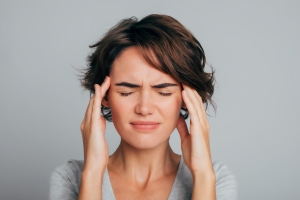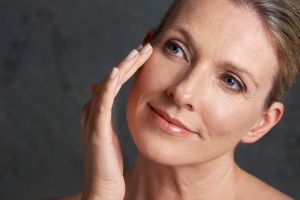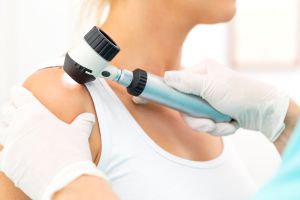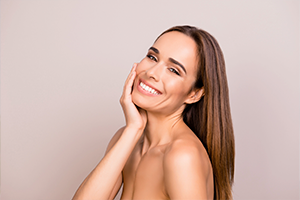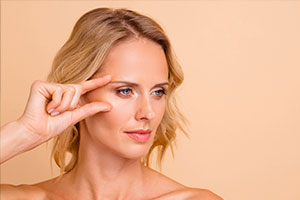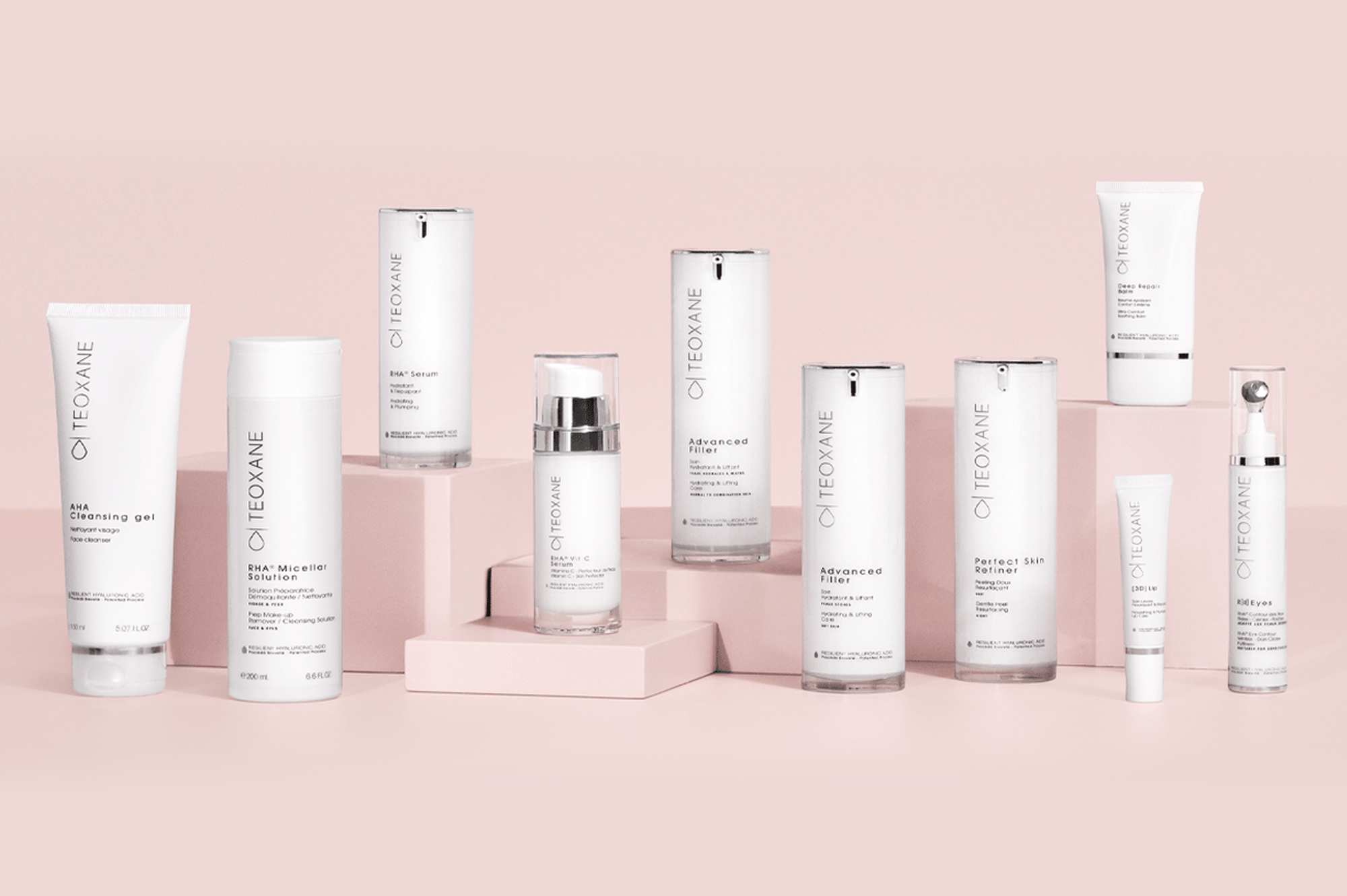Varicose Vein Treatment
We provide a comprehensive approach to leg veins using non-surgical techniques in a friendly professional atmosphere. We focus on providing treatment for medically significant varicose veins but also obtaining the best possible aesthetic result.
Patients are reviewed regularly following treatment at no additional cost for up to twelve months post treatment.
What are varicose veins?
Varicose veins are defective veins that no longer effectively return blood to the heart. Healthy veins have one-way valves which allow blood to flow in one direction only, the valves have failed in a varicose vein.
Varicose veins range from small thread like spider veins to slightly larger blue veins to large bulging varicose veins. Some varicose veins under the surface may cause symptoms even though they can’t always be seen.
How do I know if I have varicose veins?
Common symptoms include swelling, pain, aching, itching, cramps, and restless legs. More serious symptoms include venous eczema, swelling, brown pigmentation, inflammation, and ulcers. Unfortunately, varicose veins may also be associated with superficial and deep vein clotting, (STP and DVT).
How can varicose veins be treated?
Varicose veins can be treated non-surgically with a combination of Endovenous laser and ultrasound guided sclerotherapy these are safe effective treatments. These are walk in walk out procedures that leave no scarring. We recommend taking the day of treatment off work and return to normal duties the following day.
We work as a team with the Vein and Skin Clinic in Mount Victoria. Our sonographer is extremely experienced and a nurse also assists with the treatment, ensuring comprehensive care for our patients.
All veins are examined with ultrasound as part of treatment planning to ensure the best results.
Endovenous Ablation Laser Vein Removal
EVLA is a safe proven technique approved by all Medical insurance companies. EVLA technique was initially developed over twenty years ago and has meant surgery for varicose veins is virtually a thing of the past.
Under ultrasound guidance by our specialist sonographer a laser fibre is place in the vein via a needle under local anaesthetic. The vein is then numbed with local anaesthetic, then the laser fibre is activated and is slowly withdrawn by an automated pulley. The published success of EVLA is between 95 and 98%. A compression stocking is fitted and walking immediately after the procedure is recommended and normal daily activity can be resumed immediately. Rigorous gym workouts should be avoided for two weeks. After a few weeks your legs will feel and look better.
Ultrasound guided Sclerotherapy Laser Vein Removal
Immediately prior to treatment a detailed map of the leg veins is created using ultrasound. With ultrasound guidance, the doctor injects the twisted smaller veins that are not suitable for laser treatment. The solution used is called sclerosant and is used as foam for larger veins. All up-to-date treatment methods for varicose veins, spider veins, Some very small veins may need to be treated using direct vision sclerotherapy known as micro-sclerotherapy.
Varicose vein consultation
Schedule a consultation with our doctor specialising in vein treatments to assess your varicose veins. During this 30-minute appointment, a diagnostic ultrasound scan will be performed to determine the most effective treatment plan tailored to your needs. This consultation is a painless and valuable step towards achieving optimal vein health. Depending on your insurance policy, cover may be available for the consultation.


